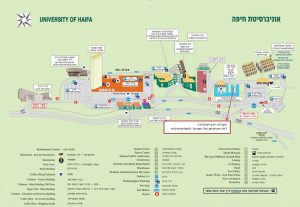Nonverbal Synchrony
Nonverbal Synchrony as a Marker of Alliance Ruptures
Dr. Keren Deres-Cohen, Dr. Tohar Dolev-Amit, Galit Peysachov & Prof. Sigal Zilcha-Mano
Findings from the past 5 decades of empirical research on the working alliance suggest its importance in psychotherapy. Recent studies have sought to identify markers of the alliance, of which one of the most promising candidates is nonverbal synchrony. Delving into processes that constitute the alliance, such as alliance ruptures, may shed light on underlying mechanisms of the association between nonverbal synchrony and the therapeutic relationship. The present study examines whether nonverbal synchrony can serve as a marker of alliance ruptures. To achieve this aim, 418 sessions of 75 therapeutic dyads were coded for ruptures, using the Rupture Resolution Rating System, and for nonverbal synchrony, using motion energy analysis. A mixed-method analysis, integrating multilevel nested models with a case study analysis, was implemented. The results of the multilevel nested models suggest that nonverbal synchrony is significantly associated with confrontational ruptures, whereas withdrawal ruptures showed no such association. The findings of the case analysis suggest that moments of especially high nonverbal synchrony during a rupture are those in which the therapist made great efforts to be attentive to the patient when the patient acted in a confrontational manner. The findings of the present study demonstrate the potential of nonverbal synchrony to serve as a marker of confrontational ruptures. The findings support the social glue assumption, according to which therapists may seek higher levels of nonverbal synchrony with patients to maintain a strong alliance in the face of difficulties.
Citation:
Deres-Cohen, K., Dolev-Amit, T., Peysachov, G., Ramseyer, F. T., & Zilcha-Mano, S. (2021). Nonverbal synchrony as a marker of alliance ruptures. Psychotherapy, 58(4), 499.


